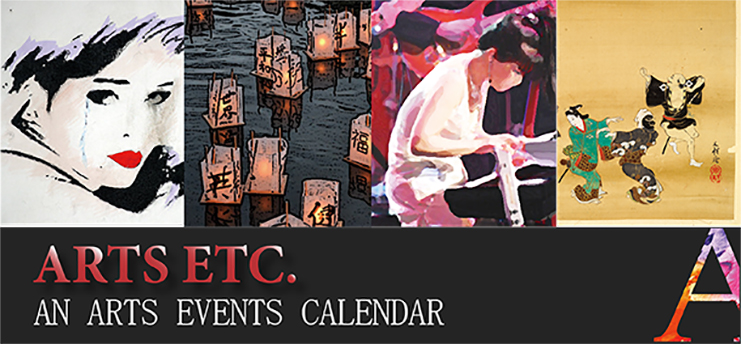
ADAA’s Art Show Transition Leaves Nonprofit in Uncertain Situation

For more than three decades, the Art Dealers Association of America’s (ADAA) annual Art Show in New York City served as the biggest source of unrestricted revenue for the Henry Street Settlement, the Lower Manhattan social services nonprofit. Last month, this vital stream of funding was axed when ADAA announced that it had cancelled this year’s iteration of the fair while also discontinuing its longtime fundraising partnership with Henry Street.
The nonprofit is now fundraising to recoup not just the expected revenue for this fall’s canceled edition, but also the millions it projected to receive from the Art Show’s gala preview event and ticket sales in the years to come.
The news of the ADAA’s decision was “unexpected” for the nonprofit, as emphasized by David Garza, chief executive officer of the Henry Street Settlement, who confirmed to Hyperallergic that the ADAA had “discontinued” its 36-year-old partnership at the beginning of the fiscal year.
“This is a real-time crisis for us to try to raise the revenue to make up for the loss of the show,” Garza said.
The Henry Street Settlement is one of New York City’s vital social services and cultural organizations, reaching more than 50,000 people through its education, employment, housing, healthcare, and arts programs. Since 1988, the Art Show has raised more than $38 million for the organization, which also receives foundation and government funding and individual contributions.
Reached by Hyperallergic, an ADAA spokesperson confirmed the end of the partnership with Henry Street while emphasizing that the decision to halt this year’s Art Show is “a pause, not a cancellation.”
“As we look ahead, the ADAA is refining its philanthropic and programmatic strategies to better support a national arts infrastructure, one that responds to today’s realities and ensures our resources, relationships, and platforms more effectively serve our members, partners, and the broader arts community,” the ADAA spokesperson said.
The recent changes come as the ADAA continues to expand its membership, a requirement for galleries to participate in the Art Show. Membership, which is by invitation of ADAA’s board of directors, offers galleries benefits like eligibility to apply to the fair, access to industry seminars and events, and cooperative advertising rates in the New York Times and the Art Newspaper. (The association did not respond to an inquiry about the cost for membership, but an ADAA member told Hyperallergic that rates vary for each gallery depending on the number of employees.)
Founded in 1962, the ADAA currently represents more than 200 galleries across nearly 40 cities in the United States. In the last decade, its membership has significantly increased, whereas the number of fair participants has mostly hovered around an average of 73 to 74 galleries, peaking at 78 in 2022 and 2023.
The ADAA spokesperson emphasized that the decision not to carry out this year’s Art Show fair “was not driven by market forces, exhibitor contraction, or diminished sales.” But one ADAA gallerist, who spoke on the condition of anonymity after the ADAA asked members not to engage directly with the press, said that the Art Show’s main challenge is that “there are simply too many fairs.”
“The Art Show stands alone on the calendar in an increasingly busy season, and the traditional Park Avenue clientele has aged,” the dealer said, adding that they think the organization’s board made the right decision to cancel this year’s fair. “The art world has changed dramatically since the ADAA was founded in 1962, and it’s healthy to reassess.”
Regardless of whether the pivot was a strategic business move for the dealers’ association, the move has been a blow for the Henry Street Settlement, illustrating the domino effect that the decision has had on longtime partners. Another ADAA dealer who spoke on condition of anonymity told Hyperallergic that they have “always associated the Art Show with Henry Street and with the 69th Regiment Armory.”
“It was quite a historic convergence of histories and service,” the dealer said. “The end of this event is a huge loss.”
In response to the end of the partnership, Henry Street has launched an alternative fundraising campaign called the Open Doors Initiative. Individuals can make one-time or monthly donations or support discrete initiatives, such as funding after-school clubs for elementary school children or providing meals for older adults.
Garza said that the nonprofit hopes to recoup the $1 million funding gap, even though there is still “a high degree of uncertainty.”
“The Art Show was such an established, rare, and unique venue,” Garza said. “Our hope is that we can maintain connectivity with the art world, the artists that have supported us historically, and all the other stakeholders that believe in our mission and care about our work.”